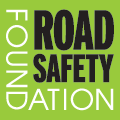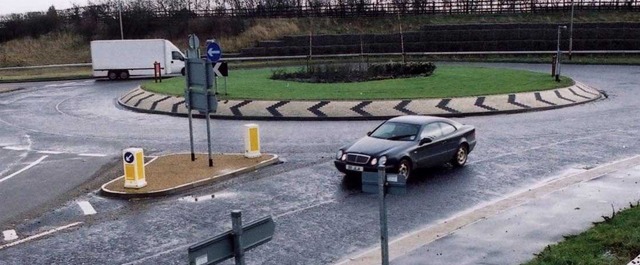GB EURORAP RESULTS 2007
A short section of road in Lancashire tops the list of Britain’s most dangerous roads, and has killed or seriously injured nearly 100 people in the last decade, according to the latest assessment report by the Road Safety Foundation for EuroRAP.
The 15-mile stretch of the A682 in Lancashire, between junction 13 of the M65 and Long Preston, is Britain’s worst road section, and the only road in the highest risk category in the report. Yet the Road Safety Foundation’s latest study shows that the death and injury toll on this section of road is no better than it was in last year’s findings.
According to Dr Joanne Hill who heads the Foundation’s research, a further 16 road sections present a persistent “medium to high risk” to road users, resulting in 10 times the number of deaths and serious injuries of the country’s best roads.
“The good news from the survey is that many of Britain’s authorities have brought in countermeasures to tackle the higher risk routes in their areas,” says Dr Hill. “Most are quick, simple and cheap, involving little more than adopting modern signing, hazard markings and junction layouts.”
Vehicle-activated signs ahead of hazards have notably made a contribution on about one third of the sites. Speed cameras have been employed alongside other measures on about one third.
“Most roads in need of treatment score poorly for one of five common collision types,” says Dr Hill. “The A682 fails on every collision type: junction and access road crashes; collisions with rigid roadside objects; overtaking crashes; pedestrian and cyclist collisions; and motorcycle crashes.”
The death-toll on this stretch of road is the equivalent of five major rail crashes within 10 years. The Foundation’s consultation with local authorities over the past four years has consistently shown that lack of funding is the principal reason why they do not tackle accident numbers on their roads on the scale that could make a major difference. Other local authorities have undoubtedly saved lives – often by the simple application of white paint.”
Commenting on the report, EuroRAP Chairman, John Dawson says: “The government has a huge opportunity to develop a large-scale national programme of high-return safety schemes which would be supported by authorities across Britain. The UK is now falling behind those countries it used to lead only a few years ago because its pace in applying the results of research into safe road design lags behind the best.”
Dawson continues: “Cutting road deaths requires combined action to improve driver behaviour, to improve vehicle crash performance, and to provide safety features on the roads themselves. We need five star drivers in five star cars on five star roads.”
Notes to editors
In the last year for which national figures are available:
- 3201 people died 1
- 32,155 were seriously injured 2
- 271,017 were killed or injured 3
- The majority (61%) of road deaths were outside built-up areas 4
- Road crashes were the leading cause of death in adults under 35 5
- The cost of road crashes equates to 1.5% of total British GDP 6
- The total cost of road crashes was estimated at GBP 18,000 million 7
- Estimated public spending on transport was GBP 11,000 million 8
- The government approved spending of GBP 135m on safety schemes 9
- The local safety schemes achieved an estimated rate of return of 305% 10
About the Road Safety Foundation
The Road Safety Foundation is a UK charity founded in 1986 to be a permanent legacy of both the first European Road Safety Year and the establishment of Britain’s first road safety target for the end of the last century (which was exceeded).
Alongside world class leaders in safety, the charity is a vigorous advocate of cutting casualties through simultaneous action on all three components of a safe road system: the driver, the vehicle and the road. Its research has broken ground on all three components.
In the last five years, the charity has focused on the major project of leading the establishment of Road Assessment Programmes in the UK and internationally. In 2002, the Foundation established EuroRAP as a sister European Association to EuroNCAP (which crash test new cars). Subsequently Road Assessment Programmes have followed throughout the developed and developing world.
The Foundation is the enabling Member for EuroRAP in the UK and Ireland.

